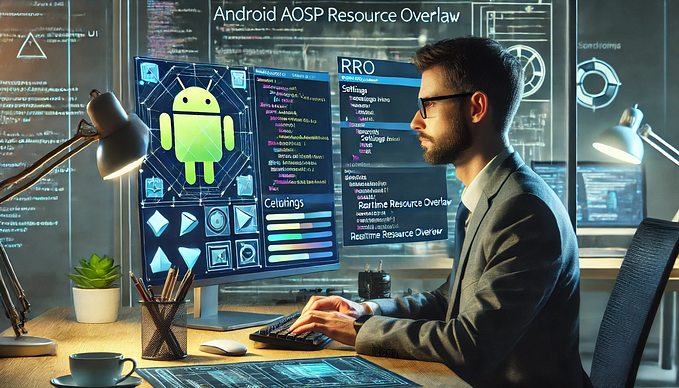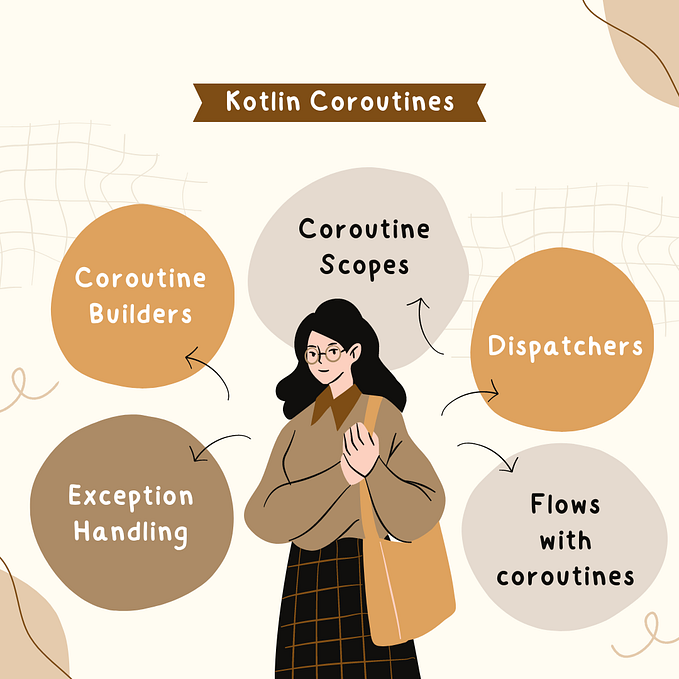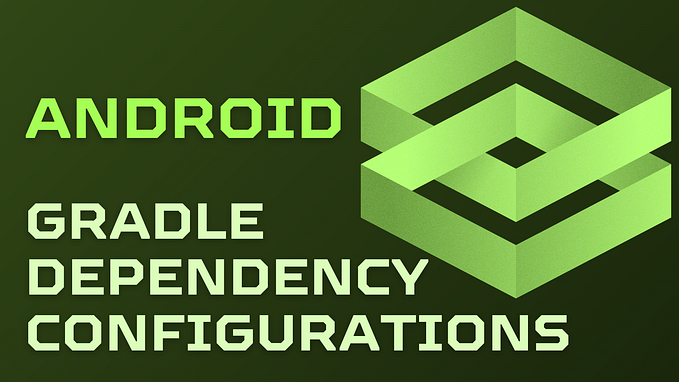Roadmap for AOSP Framework Development
This roadmap will guide you through the preparation, challenges, and essential steps for learning AOSP Framework development.
Android Open Source Project (AOSP) Framework development is a fascinating journey into the core of Android. It offers developers the chance to influence the underlying mechanisms of the operating system, going beyond app development to shape the very foundation that apps rely on.
Preparation and Mindset
Before diving into AOSP Framework development, it is crucial to cultivate a problem-solving mindset and a deep curiosity for understanding how Android operates.
Key Skills: Knowledge of Java, Kotlin, and C/C++ is essential. knowledge of Linux internals, Git, and bash scripting is highly recommended.
Mindset: Be ready to explore complex systems, debug intricate problems, and experiment with various tools and layers within AOSP.
Time Commitment: Mastering AOSP takes time and consistent effort. Be patient and adopt a learning-by-doing approach.
Why is AOSP Framework Development different from App or Web Development?
AOSP Framework development is a world apart from app or web development. While app developers focus on creating beautiful user interfaces and web developers craft sleek, responsive pages, AOSP developers delve into the very soul of Android. It’s not about designing the house — it’s about laying the foundation and ensuring the plumbing works flawlessly. The work is complex and requires a deep understanding of system-wide architecture, as even the smallest change can ripple across the OS. Debugging isn’t just about fixing a button that doesn’t work; it’s about unravelling intricate logs, analyzing dumpsys outputs, and sometimes grappling with kernel-level issues. It’s a path that demands patience, curiosity, and resilience, but it also offers unmatched opportunities to shape the very backbone of an operating system used by millions worldwide.
Minimal Hardware and Computer Setup
To begin AOSP Framework development, you need the following:
Computer Requirements:
- A multi-core processor (8 cores or more recommended).
- At least 16GB of RAM (32GB preferred).
- SSD storage (minimum 500GB free space for AOSP builds).
- A Linux-based OS (Ubuntu or Debian are popular choices).
Additional Hardware:
- An Android-compatible device for testing or starting with emulators.
- Debugging tools like HDMI adapters and USB-to-serial converters.
Challenges
- Complex Build Process: Building AOSP from a source requires significant resources and a well-configured environment.
- Steep Learning Curve: Understanding the interactions between different layers can be daunting.
- Limited Documentation: Some areas of AOSP lack detailed documentation, requiring in-depth exploration of AOSP source code.
- Debugging: Identifying issues often involves dealing with verbose logs and unfamiliar tools.
Difficulties
- System-Specific Issues: Different devices may behave uniquely, leading to inconsistencies.
- Backward Compatibility: Ensuring that changes work across multiple Android versions.
Plan to Learn AOSP Framework Development by Layers.
Application Layer
Objective: Understand how Android apps interact with the framework.
Topics to Learn:
- Android app components: Activities, Services, Broadcast Receivers, and Content Providers.
- Android APIs for hardware interaction (e.g., Camera, Audio, Sensors).
- Application permissions and manifest file configuration.
Hands-On:
- Develop simple Android apps that interact with hardware (e.g., flashlight, camera or Media Application).
- Use ADB commands to debug apps and observe logs.
Framework Layer
Objective: Learn how the Android Framework provides services to applications.
Topics to Learn:
- System services (
ActivityManager,WindowManager,PowerManager). - Binder IPC mechanism.
- Permissions enforcement at the framework level.
Hands-On:
- Study the source code in
frameworks/base. - Explore service manager registrations in
SystemServer.java. - Modify a framework service (e.g., log custom messages in
PowerManager).
Native Libraries Layer
Objective: Understand how native libraries provide functionality to the framework.
Topics to Learn:
- Key native libraries:
libc,libbinder,liblog,libcamera. - JNI (Java Native Interface) communicates between Java and native code.
- Debugging native libraries using GDB or LLDB.
Hands-On:
- Study the implementation of a native library (e.g.,
libaudio). - Write a simple native library and call it from Java using JNI.
HAL (Hardware Abstraction Layer)
Objective: Learn how HAL bridges the framework and hardware.
Topics to Learn:
- AIDL vs. HIDL for HAL interfaces.
- Structure of HAL implementations.
- HAL interface definition and implementation files.
Hands-On:
- Write a custom HAL module for a dummy device.
- Modify an existing HAL (e.g., sensor or vibrator HAL) and rebuild AOSP.
Kernel Layer
Objective: Understand the interaction between HAL and the Linux kernel.
Topics to Learn:
- Device drivers and their role in Android.
- Kernel configurations for Android devices.
- Debugging kernel issues using
dmesgand kernel logs.
Hands-On:
- Explore the
driversfolder in the Linux kernel source. - Compile a custom kernel and enable/disable specific features.
Build System
Objective: Learn how AOSP is built and how the layers fit together.
Topics to Learn:
- Android’s build system (Soong, Make).
- How dependencies between layers are resolved.
- Building individual modules and debugging.
Hands-On:
- Build the entire AOSP for an emulator.
- Modify and rebuild specific modules (e.g.,
frameworks/baseorlibbinder).
7. Debugging and Testing
Objective: Master tools and techniques to debug and test each layer.
Topics to Learn:
adbandfastbootcommands.- Tools:
dumpsys,logcat, GDB, perf. - Writing test cases for framework and HAL layers.
Hands-On:
- Use
dumpsysto inspect system services. - Write test cases using CTS/VTS for specific layers.
Documentation and Contributions
Objective: Learn to navigate AOSP documentation and contribute code.
Topics to Learn:
- Reading AOSP documentation and release notes.
- Gerrit code review process.
- Best practices for AOSP contributions.
Books and Online Resources
To master AOSP Framework development, leverage the following resources:
System Architecture:
- “Android Internals: A Confectioner’s Cookbook” by Jonathan Levin.
- “Android System Programming” by Roger Ye.
- Online documentation: source.android.com.
Application Framework:
- Explore AOSP source code, focusing on
frameworks/base. - Relevant AOSP Gerrit commits for real-world changes.
- “Pro Android 13” by Dave MacLean.
Native Libraries:
- “The Linux Programming Interface” by Michael Kerrisk.
- AOSP native libraries under
frameworks/native. - “Programming Android with C++” by Zhiyuan Sun.
HAL Development:
- Official AOSP HAL documentation.
- Practical tutorials on AIDL and HIDL development.
- “Embedded Android” by Karim Yaghmour.
Kernel Development:
- “Linux Device Drivers” by Jonathan Corbet, Alessandro Rubini, and Greg Kroah-Hartman.
- The kernel section of the AOSP documentation.
- “Mastering Embedded Linux Programming” by Chris Simmonds.
Conclusions
AOSP Framework development is a rewarding but challenging endeavour that demands dedication, technical expertise, and a growth mindset. By following this roadmap, equipping yourself with the right tools, and committing to continuous learning, you can navigate the complexities of the AOSP ecosystem and make meaningful contributions to Android’s evolution.




